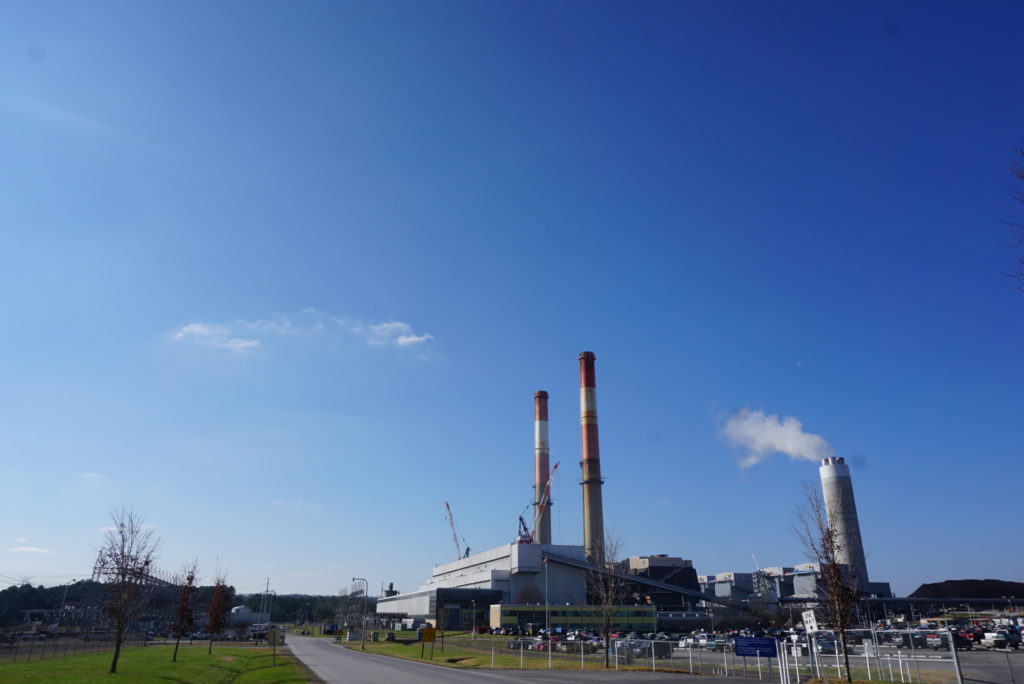
The Tennessee Valley Authority has pumped $1 billion into changing how the Gallatin Fossil Plant stores coal byproducts. Exactly how TVA plants store coal ash has been under harsh scrutiny since the Kingston spill in 2008.
On a recent tour for the media, TVA’s vice president of civil projects John Kammeyer
points out the newest building at the Gallatin Fossil Plant. It looks like a giant, gray Lego block.
“What comes out of the stack is as clean as it could be based on current technology, and we don’t use any water to transport our byproducts,” Kammeyer said.
The worry over how the Gallatin Fossil Plant stores coal ash goes back to 2008 when five million cubic yards of sludge spilled into East Tennessee’s Clinch River. The concern was heightened in October when environmental regulators found a hexavalent chromium in nearby drinking water.
Now, below the Gallatin coal plant, lies a man-made bed of compacted red clay. TVA is blasting and excavating 54 acres to build three new landfills — each of which will store ash collected by four new air scrubbers. By using trucks to transport dry ash to these new storage areas, water is removed from the process. This eliminates the chance of seepage into the nearby Cumberland River.
The new system eliminates coal ash sludge entirely. It
also
takes out toxic chemicals and greenhouse gasses from the plant’s exhaust, which include nitrous oxide, sulfur dioxide, and mercury. *But TVA will still have plenty of ash sludge on site. The existing settling ponds have not been drained and converted to dry storage.
*Post has been revised for clarity


